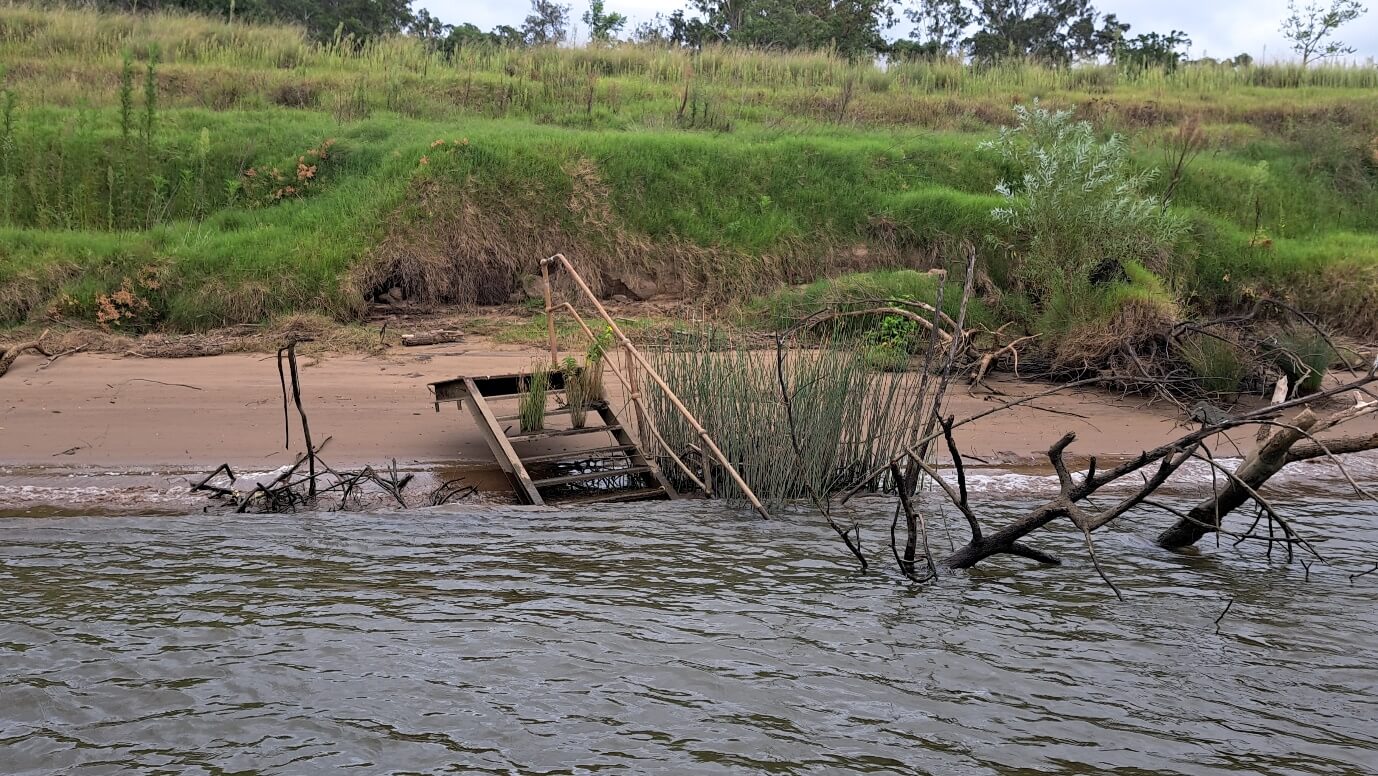Flood recovery programs
We are aware of the recent flood and storm events that have affected NSW in May 2025. At this stage there are no current EPA flood debris clean-up programs in operation for these events. Please contact your local Council to see if they can assist with the recovery process for recent flood and storm events.
2022 storm and flood updates
New South Wales experienced severe storms and flooding in March 2021 and again in February–March 2022 from the Hawkesbury River to the Queensland border.
In June–July 2022, storms and flooding again affected much of the NSW coast including the south coast. In November 2022 flooding devastated the Central West. This led to significant amounts of man-made and natural flood debris in rivers, estuaries, and adjacent coastlines in NSW.
We led several clean-up programs to ensure that flood generated debris on shorelines and in waterways was removed in a safe, effective, and efficient manner. Clean-up was undertaken by specialist contractors.
Find out more about the completed programs.
Clean-up program to remove and manage large hazardous debris generated by flooding in April 2024 within the Hawkesbury-Nepean River.
